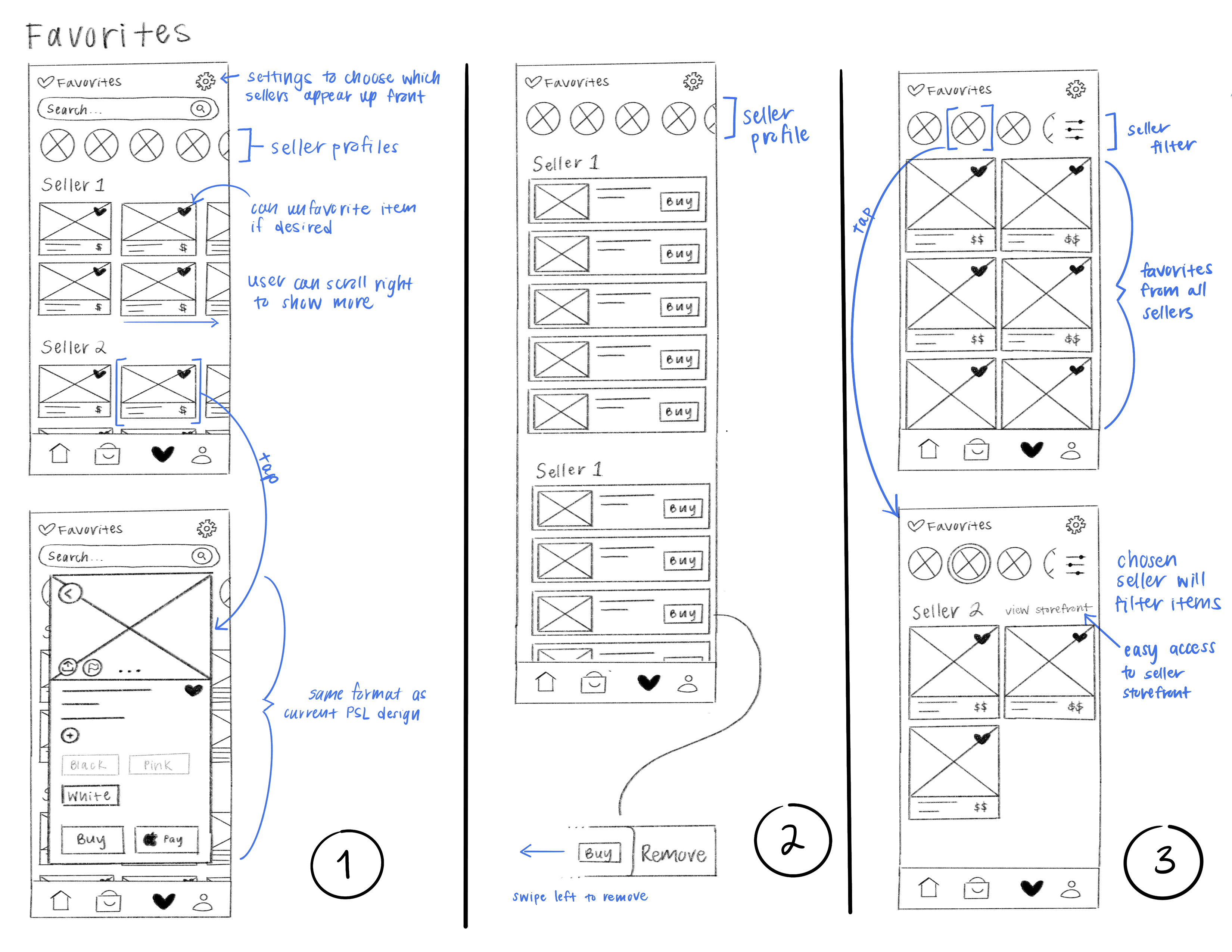POPSHOP LIVE
Streamlining shopping experience from product interest to order fulfillment
Role
UX/UI Designer
timeline
June - July ‘24
(~5 weeks)
tools
Figma
Lyssna
Optimal Sort
Procreate
Popshop Live (PSL) is an emerging livestream e-commerce platform that merges social interaction with online shopping, allowing sellers to showcase products in real-time while engaging directly with viewers.
The problem: lacking design organization, visual hierarchy and helpful consumer features that hinder its ability to fully leverage the potential of it’s livestream e-commerce platform.
Solution
Impact
SKIP TO…
Research
PSL’s accension to disrupting online shopping, but what’s the catch?
PSL caters to small businesses and creators, fostering a unique space for them to connect with consumers in a more personal and immersive way. Livestreaming has altered the online shopping experience, allowing consumers to feel that personalized service you get shopping in-person. And due to the 2020 pandemic that caused the whole world to practically shut down, PSL accelerated into popularity along with other competitors like Whatnot, TalkShopLive, and Livescale.
However, users seem to not have a problem with the community aspect of PSL, the problem they’re having is with their buying experience, the basis of the app. While PSL has a unique “open box” feature (once an item is purchased from a particular seller, free shipping is unlocked for any purchases after that for a time period set by the seller), users have a mistrust for the app due to its chaotic nature which deters purchasing items they were interested in.
Research Objectives
Conducting user interviews to understand users who partake in livestream online shopping
User interviews were conducted over video call with 5 participants who have used livestreaming e-commerce platforms, 2 of which have used Popshop Live. Other platforms participants have used include Shopee, Whatnot, and Ebay Live.
Main takeaways of user interviews
Analyzing what other competitors have to offer in the livestream online shopping space
While each competitor has their own niche and target audience, finding similarities and differences within each platform provides insight into what PSL is doing well in and what could be done better.
Main takeaways of competitive analysis
Define
Where did I last see that necklace I wanted to buy? How long do I have left before my order closes?
It seems that everything is thrown in front of the users face in no organized fashion, user flows aren’t clear and convoluted, and being in the unknown about their orders closing adds unnecessary stress and anxiety for user buying experience. How can we alleviate those feelings?
Creating user personas to ensure what I’m designing keeps users in mind
After getting a better understanding of my users, I identified two distinct groups as a reference to go back to when brainstorming design solutions:
Selected design solutions based on user interviews and competitive analysis
It seems that everything is thrown in front of the users face in no organized fashion, user flows aren’t clear and convoluted, and being in the unknown about their orders closing adds unnecessary stress and anxiety for user buying experience. How can we alleviate those feelings?
Selected Solutions
Creating user flows to provide a blueprint for how my solutions would work
Design
Brainstorming solutions and sketching out initial wireframes
I hand drew some low-fidelity wireframes before committing to a design and digitally translating them onto Figma.
Transforming ideas to high fidelity wireframes
Favoriting
Order Closing Status
Homepage
** the ‘before’ screenshot was taken just after PSL updated their app where they changed the Home page to the now Discovery page.
tESTING
Hi-fi Usability Testing
Users were tested by completing three tasks and answering a questionnaire about their experience. The three tasks included:
1. Favoriting an item
2. Purchasing an item through the favorites tab
3. Checking their order status



















